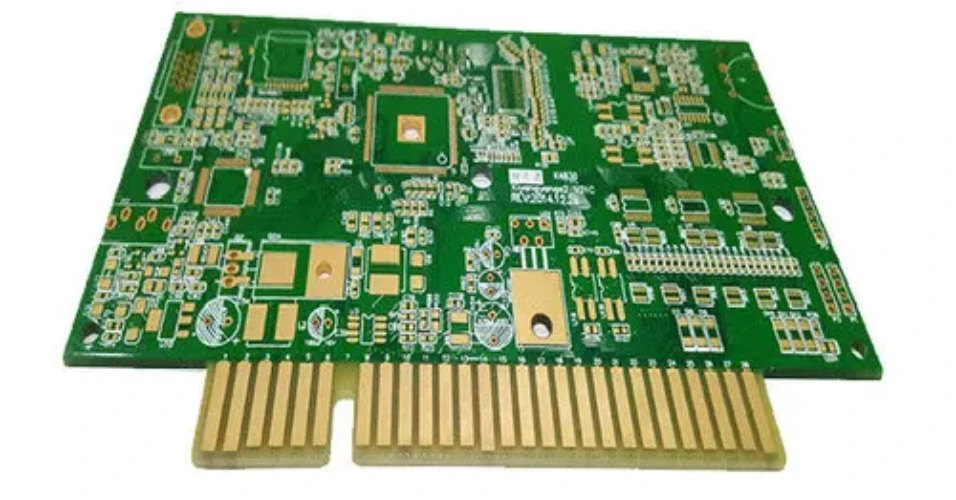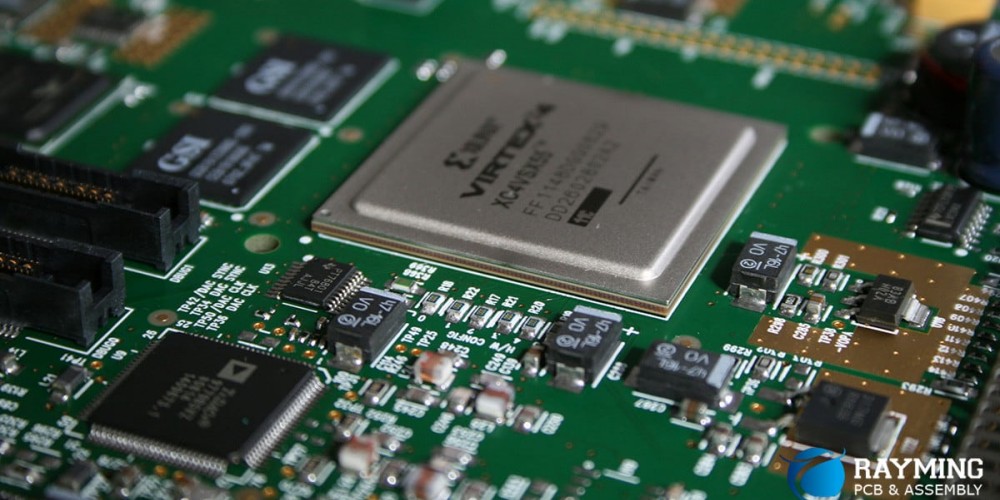Introduction
Electronic waste or e-waste is one of the fastest growing waste streams today. With the rapid advancement of technology, electronic devices quickly become obsolete and get discarded. Among these electronic discards, circuit boards are one of the most valuable items, containing precious metals like gold, silver, platinum and palladium. Extracting and reclaiming these metals through recycling has become a lucrative business. In this article, we will look at how circuit boards are recycled, the value of metals reclaimed, and if money can be made from recycling them.
Types of circuit boards
Circuit boards, also known as printed circuit boards (PCBs), are found in almost all electronic devices. They provide the foundation on which components like chips and capacitors are mounted. There are several types of PCBs:
Consumer electronics
These include PCBs from computers, mobile phones, TVs, game consoles etc. They contain reasonable concentrations of precious metals.
Telecommunications
PCBs used in telecom networks. They are high grade boards with more precious metals than consumer electronics.
Industrial
PCBs used in medical, defense, aerospace and automotive industries. They are more complex and denser boards with highest metal concentrations.
Motherboards
The main circuit board in computers. Motherboards represent 90% of the intrinsic value of a computer because of their high precious metal content.
Precious metals in circuit boards

Several precious and base metals are used in manufacturing PCBs. Their average concentrations are:
| Metal | Concentration |
|---|---|
| Gold | 200-350 g/ton |
| Silver | 2000-3500 g/ton |
| Palladium | 25-150 g/ton |
| Platinum | 5-250 g/ton |
| Copper | 15-20% |
This represents almost 100 times the concentration of gold and 30 times the concentration of palladium and silver compared to their naturally occurring ore grades.
Other metals like aluminum, tin, nickel and zinc are also present in minor quantities.
The most valuable component however is the gold bonding wires. They can make up more than 90% of the gold in a circuit board.
Recycling process
Recycling companies use the following steps to extract metals from e-waste:
Collection
Defunct PCBs are collected from consumers, businesses, industry etc. Collection drives and e-waste drop off points provide a steady supply.
Sorting
Collected material is sorted to separate circuit boards from other e-waste. Different board types are segregated depending on their metal value.
Dismantling
Components like batteries, plastics and precious metal bearing parts are removed from the boards.
Shredding and granulation
Boards are shredded into small pieces of 2-10 mm size. This is done using specialist shredding and grinding equipment.
Separation and concentration
Shredded material undergoes physical separation processes to concentrate the metals into a rich powder. Techniques like screening, gravity separation, eddy current separation and density separation are used.
Smelting
The metal concentrate is smelted at high temperatures to produce doré bars containing gold, silver, platinum, palladium and other metals.
Refining
The doré bars are sent to refineries for separating the metals into pure forms using advanced electrochemical processes.
Effluent treatment
Treatment processes like scrubbing and filtration are used to clean flue gases and wastewater generated during recycling.
Profit estimation

The profitability of circuit board recycling depends on:
- Grade of boards (metal concentrations)
- Efficiency of recycling processes
- Operating costs
- Market prices of recovered metals
As an example, let us estimate profits from recycling one ton of high grade telecom circuit boards.
Assumptions:
- Gold content – 300 g/ton
- Silver content – 3000 g/ton
- Palladium content – 100 g/ton
- Platinum content – 50 g/ton
- Copper content – 15%
- Recycling cost – $1000/ton
Recovered metal
| Metal | Recovery | Quantity | Price | Value |
|---|---|---|---|---|
| Gold | 95% | 285 g | $40/g | $11,400 |
| Silver | 92% | 2760 g | $0.5/g | $1,380 |
| Palladium | 90% | 90 g | $50/g | $4,500 |
| Platinum | 85% | 42 g | $30/g | $1,260 |
| Copper | 90% | 1350 kg | $3/kg | $4,050 |
| Total | $22,590 |
Profit
- Total metal value = $22,590
- Recycling cost = $1000
- Net profit = $21,590
This indicates that recycling telecom circuit boards can be highly profitable. The value is dominated by gold, followed by palladium and copper. Profits ultimately depend on efficiency, costs and metal prices.
Conclusion
In summary:
- Circuit boards contain significant amounts of precious metals like gold, silver, platinum and palladium.
- Specialized recycling processes allow recovery of these metals, resulting in concentrates and pure metal.
- With high precious metal concentrations and efficient recovery, circuit board recycling can be a lucrative business.
- Profits of over $20,000/ton are achievable with telecom and other high grade boards.
So if you have access to a steady supply of discarded circuit boards, recycling them could definitely generate good revenue and profits. It also helps recover scarce precious metals and prevents pollution from e-waste. With the right logistics, plant and expertise, circuit board recycling offers a tremendous business opportunity.
Frequently Asked Questions
What are the different types of circuit boards?
The main types of circuit boards are consumer electronics boards from computers, phones etc., high grade telecom boards, complex industrial boards used in medical, defense and automotive applications, and motherboards from inside computers.
How much gold is typically present in circuit boards?
Circuit boards contain between 200-350 grams of gold per metric ton on average. The gold wire bonding represents over 90% of the total gold content.
What is the full process for recycling circuit boards?
Key steps in circuit board recycling are collection, sorting, dismantling, shredding, separation, smelting, refining and effluent treatment. This allows recovery of precious metals like gold, silver, platinum and palladium.
What amount of profit can be realistically achieved?
With high value telecom circuit boards containing 300g/t of gold and efficient processing, net profits of over $20,000 per ton are achievable. Profits ultimately depend on grade, recovery, costs and metal prices.
Is circuit board recycling environmentally friendly?
Yes, recycling circuit boards prevents pollution from electronic waste and also recovers scarce and valuable metals like gold, silver and palladium. With proper effluent treatment, it is an environmentally sound process.






Leave a Reply